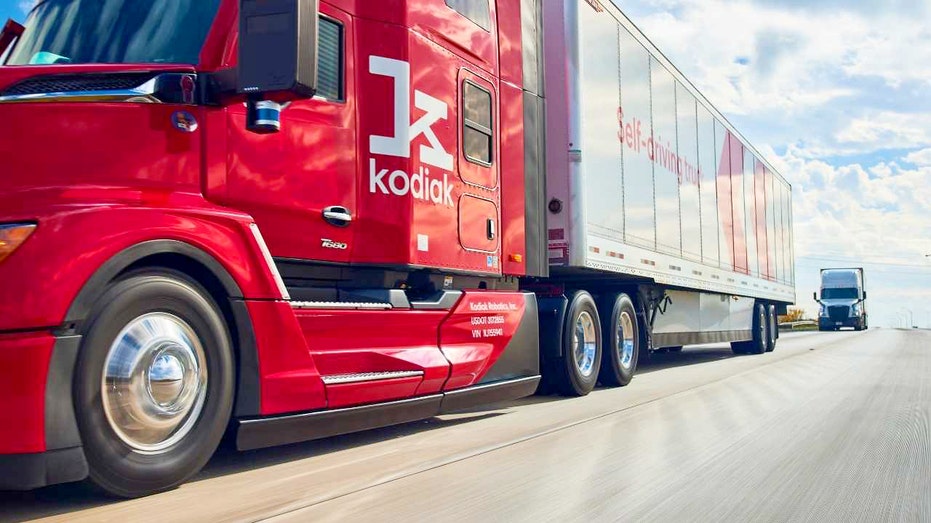Autonomous Kodiak Driver Achieves Perfect Safety Score, Rivaling Top Human Fleets

In a groundbreaking safety assessment, the Kodiak Driver, an autonomous trucking system developed by Kodiak AI, has achieved a top safety score comparable to the safest human-operated fleets. The evaluation, conducted by Nauto Inc., a leader in AI-driven safety analytics, utilized its Visually Enhanced Risk Assessment (VERA) Score—a comprehensive metric that rates fleet safety on a scale from 1 to 100 based on over 20 vision-based AI variables.
Exceptional Safety Performance in Industry Benchmarking
The Kodiak Driver scored an impressive 98, placing it alongside the most safety-conscious fleets globally. This performance surpasses the average scores of fleets equipped with Nauto’s safety technology, which average around 78, and those without such systems, averaging only 63. Notably, the Kodiak system achieved perfect scores in critical safety areas such as inattentive driving, high-risk behaviors, and traffic violations, with its lowest score being 95 in aggressive driving scenarios. Such results highlight the system’s ability to maintain consistent, defensive driving behaviors in complex environments.
Implications for Autonomous Vehicles and Industry Safety
This achievement demonstrates that autonomous trucking technology is closing the safety gap with human drivers and, in some cases, exceeding their performance. According to Nauto, every 10-point increase in VERA Score correlates with a roughly 21% reduction in collision risk, emphasizing the potential for AI systems to significantly improve highway safety. Kodiak’s CEO, Don Burnette, expressed confidence that independent evaluations validate the company’s safety commitments and help foster public trust in autonomous trucking solutions.
Advanced Monitoring and Safety Technologies
The Kodiak system is equipped with sophisticated monitoring tools that analyze vehicle and environment data in real time. These systems eliminate human factors such as fatigue, distraction, and delayed reactions, enabling the truck to operate with constant vigilance. Burnette emphasized that “the Kodiak Driver is never drowsy or intoxicated and is always paying attention,” facilitating defensive, predictable driving patterns that are crucial for safety.
Broader Impact and Future Outlook
Data from the Federal Motor Carrier Safety Administration support the positive trend, with U.S. commercial truck crashes decreasing from over 124,000 in 2024 to approximately 104,000 this year. While the technology’s safety record is promising, industry experts acknowledge challenges ahead, including managing unpredictable road conditions and addressing concerns about job displacement for professional drivers. Regulatory frameworks need to evolve alongside technological advancements to ensure safe and transparent deployment.
Transforming Transportation Safety
The success of the Kodiak Driver signals a new era where AI-powered safety tools could transform freight transport, lowering costs, reducing liabilities, and making highways safer for all users. As autonomous systems continue to improve, they are poised to become reliable partners on the road, supplementing human drivers and helping prevent accidents caused by fatigue, distraction, and human error.




